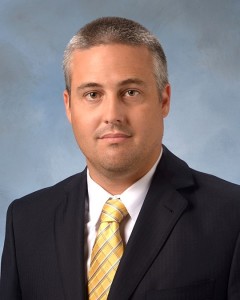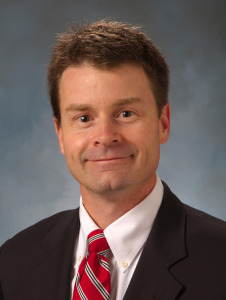Proposal has many fearing increased costs and more delays
By Andre Monette and Shawn Hagerty, Best Best & Krieger LLP.
The last thing that public agency leaders want to hear is that looming changes may make operating and building new public infrastructure more challenging and expensive. Unfortunately, proposed changes by the Environmental Protection Agency to the Clean Water Act could ultimately stop, delay or increase the cost of public projects.
The federal Clean Water Act establishes the basic structure for regulating discharges of pollutants into the waters of the United States and regulating the quality of those waters. The pending changes, if adopted, could greatly expand the jurisdictional reach of the CWA and change how municipal stormwater systems are categorized.
Specifically, the new rule would change the definition of “Waters of the United States,” and expand the number of waters that are classified as Waters of the United States to include intermittent and ephemeral streams, along with other non-navigable water bodies, such as storm drains, aqueducts and man-made treatment wetlands. The importance of this change is that it imports the Clean Water Act’s “fishable, swimmable” standard into the nation’s water supply, flood control, transportation and, potentially, waste treatment infrastructure. For a copy of the proposed rule, as published in the Federal Register, click here.
EPA has gone on record (see news release) stating that the proposed rule only clarifies existing protections for streams and wetlands; that it does not protect any new types of waters that have not historically been covered under the Clean Water Act; and that it is consistent with the Supreme Court’s more narrow reading of Clean Water Act jurisdiction.
Opponents of the proposed rule, which includes many farmers, industry groups and others with agricultural interests, claim that the change is overreaching the EPA’s authority. The EPA has countered that there is too much misinformation being spread about the proposed change. Finding the correct balance between regulatory controls, cost burdens for local government entities and, most importantly, protecting the environment, is not an easy task.
A specific area of concern for many local governments and public agencies is the extent to which man-made ditches, channels or other features would be considered Waters of the United States under the proposed rule. Previously, such features arguably fell outside the scope of the CWA. This is an issue that is of the utmost importance to public agencies because so many man-made conveyances are utilized to provide drinking water to their residents, keep streets free of flood waters and develop new uses for recycled water.
The Proposed Rule is currently written very broadly with certain limited exemptions. As a result, under a plain reading, many conveyance systems would be reclassified as Waters of the United States, including, as noted above, aqueducts, perennially wet storm channels and treatment wetlands. These features serve as conveyances and, in some cases, treatment systems. If they are designated as Waters of the United States, they can no longer be used for treatment, and compliance must be attained in-stream. Designating an internal infrastructure as a Water of the United States can therefore be extremely problematic for local government agencies attempting to provide critical services while being stewards of the environment.
Public comments are currently being accepted by the EPA on the draft ruling and are due by Nov. 14. A coalition is being formed to provide a unified voice for public entities in the comment process. To learn more about the coalition, please click here.
There is no doubt that this is a complex issue, as it focuses on numerous questions of how far federal authority extends over local waters. Given the importance of the issues at hand, public leaders are encouraged to become fully educated. Several resources are available to learn more about the proposed rule and how changes could affect your agency or municipality. To review information developed by our law firm, including a broadcast of a presentation on the proposed changes and a Q&A with the presentations, click here and use the ‘playback’ option.
[divider] [/divider]
 Andre Monette is an associate in the Environmental Law & Natural Resources practice group at Best Best & Krieger LLP and is based in the firm’s Washington, D.C. office. Monette works with both public and private clients in matters involving water quality, water rights, wetlands and state and federal hazardous and solid waste issues. He can be reached at Andre.Monette@bbklaw.com
Andre Monette is an associate in the Environmental Law & Natural Resources practice group at Best Best & Krieger LLP and is based in the firm’s Washington, D.C. office. Monette works with both public and private clients in matters involving water quality, water rights, wetlands and state and federal hazardous and solid waste issues. He can be reached at Andre.Monette@bbklaw.com
Shawn Hagerty is a partner in the Municipal Law practice group at Best Best & Krieger LLP. He serves as both general and special counsel for municipalities throughout California from the firm’s San Diego office. Hagerty regularly presents at seminars for organizations such as the California Stormwater Quality Association, the Association of Environmental Professionals and other planning organizations. He can be reached at Shawn.Hagerty@bbklaw.com.




